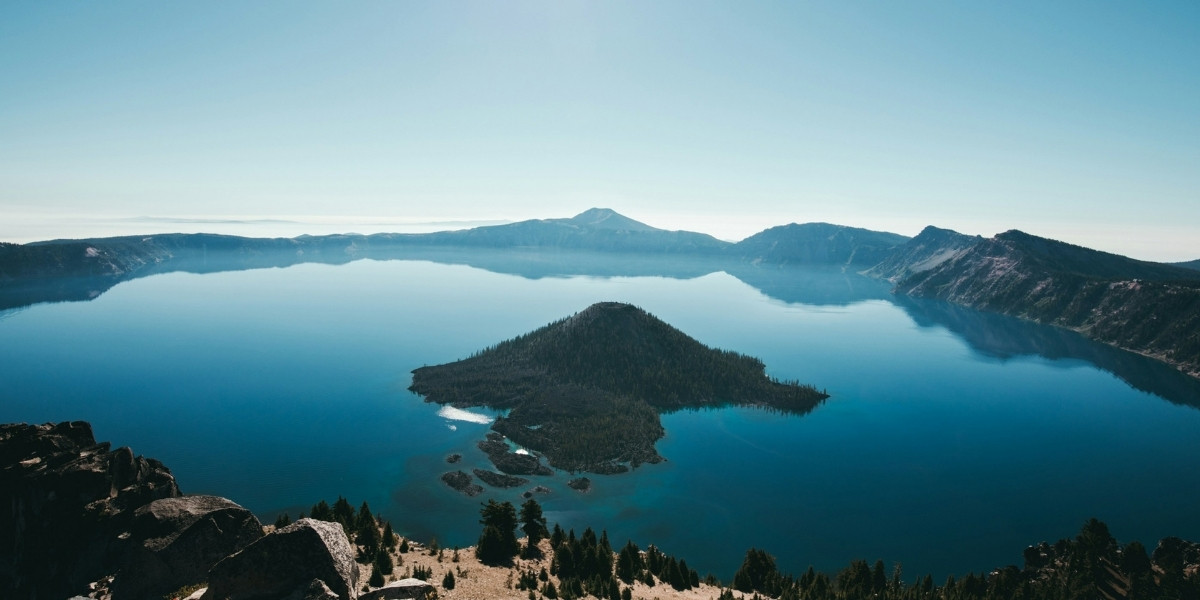Climate change is one of the most pressing issues of our time, and its effects on wildlife are becoming increasingly evident. As global temperatures rise, species are being forced to adapt to shifting environments, and many are struggling to survive. This article delves into how climate change is altering ecosystems and habitats, and why it is crucial for wildlife conservation efforts to evolve in response to these changes.
How Are Species Affected by Shifting Climate Conditions?
The effects of climate change on wildlife are multifaceted and complex. One of the most immediate impacts is the shifting of habitats. As temperatures rise, many species are finding their habitats either shrinking or moving to new areas. For instance, species that rely on cold climates, such as polar bears and penguins, are losing their ice habitats as melting ice sheets threaten their survival. The loss of sea ice in the Arctic is one of the most obvious signs of this change, and it directly impacts animals that rely on the ice for hunting, breeding, and protection.
On the other hand, species that rely on temperate climates are also facing challenges. Deer, foxes, and many bird species are being forced to adapt to increasingly unpredictable weather patterns, shifting their migration routes or changing their reproductive schedules to align with new climate conditions. Some species, particularly those living in tropical rainforests or mountainous regions, are experiencing disruption in their food sources. Longer droughts or heavier rains can devastate ecosystems that certain animals depend on for survival.
Coral reefs, which are often referred to as the “rainforests of the sea,” are also facing severe threats due to warming oceans. As ocean temperatures rise, coral bleaching occurs, where corals expel the symbiotic algae that provide them with nutrients, leaving them vulnerable to disease. This disrupts the entire marine food chain, affecting fish, shellfish, and other species that rely on healthy reefs.
What Are the Most Vulnerable Species?
Some species are more vulnerable to climate change than others, particularly those with specific habitat needs or slow reproductive rates. Amphibians, such as frogs and salamanders, are particularly susceptible to changes in temperature and moisture. These species are often the first to show signs of environmental stress, as they require specific temperature and humidity levels to survive. As climate change causes these conditions to fluctuate, many amphibians are finding it increasingly difficult to reproduce, leading to population declines.
Pollinators, such as bees, butterflies, and moths, are also at high risk. These insects play a crucial role in the reproduction of many plant species, including those that provide food for humans. As climate change disrupts blooming seasons and the availability of nectar, pollinators face a challenging future. The decline of these species could have catastrophic effects on global food security.
Large predators, such as tigers, lions, and bears, are also struggling with the impacts of climate change. These species are often at the top of the food chain and require large, intact habitats to thrive. As climate change fragments these habitats, these apex predators face increasing competition for food and space, putting their survival at risk. In many cases, human-wildlife conflict increases as animals are forced to venture closer to urban areas in search of food and shelter.
How Can Wildlife Conservation Efforts Adapt?
As the climate continues to change, wildlife conservation efforts must evolve to keep pace with the shifting landscape. Traditional conservation methods, such as protecting specific areas of land or establishing protected reserves, may no longer be sufficient on their own. Researchers and conservationists are now advocating for a more dynamic approach, focusing on adaptive management that can respond to changing conditions.
One strategy gaining traction is the concept of wildlife corridors. These corridors are protected areas that allow animals to migrate freely between fragmented habitats. By creating pathways that connect isolated populations, wildlife corridors can help species adapt to changing climate conditions by providing access to new habitats and resources. This is especially important for species that are being displaced due to shifting temperatures or changing food availability.
In addition to wildlife corridors, assisted migration is another approach being explored. This involves relocating species to areas where they are more likely to thrive in the future. For example, mountain-dwelling species that require cold climates could be moved to higher altitudes as temperatures rise in their current habitats. While controversial, assisted migration is seen by some as a necessary tool to help species survive in an increasingly uncertain climate.
Conservation genetics also plays a critical role in adapting wildlife management efforts. By studying the genetic diversity of species, conservationists can better understand the potential for species to adapt to new environmental conditions. This information can inform breeding programs, helping to maintain genetic diversity and improve the resilience of species to climate-related stresses.
Another significant focus is restoration ecology, which involves the rehabilitation of damaged ecosystems. This approach aims to restore degraded habitats, such as wetlands and mangrove forests, which act as natural buffers against the effects of climate change. Restoring these ecosystems not only provides critical habitat for wildlife but also helps mitigate climate impacts, such as reducing the frequency of floods and protecting coastal areas from rising sea levels.
The Role of Public Awareness and Policy in Conservation
Efforts to conserve wildlife in the face of climate change also require public support and policy action. Educating the public about the importance of biodiversity and the link between climate change and species loss is crucial for gaining support for conservation initiatives. Non-governmental organizations (NGOs), environmental groups, and scientists play a vital role in raising awareness and mobilizing action at local, national, and international levels.
Policy changes are also essential for creating a more favorable environment for wildlife conservation. Governments need to prioritize climate change mitigation and support initiatives that protect vulnerable species and ecosystems. This includes adopting policies that reduce carbon emissions, promote renewable energy, and protect natural habitats from development.
Countries must also work together on international agreements to tackle climate change and protect endangered species. The Paris Agreement is a step in the right direction, but global collaboration is needed to ensure that wildlife conservation remains a priority on the world stage.
How Can Individuals Contribute to Wildlife Conservation?
While governments and conservation organizations play key roles, individuals can also contribute to wildlife conservation efforts. One of the most significant ways people can make a difference is by reducing their carbon footprint. Simple actions, such as driving less, reducing energy consumption, and supporting sustainable products, can help combat climate change and create a more favorable environment for wildlife.
Supporting wildlife-friendly businesses, donating to conservation organizations, and getting involved in local conservation projects are also ways individuals can contribute. Furthermore, spreading awareness about the importance of protecting wildlife and the urgent need for climate action can inspire others to take action as well.
The Road Ahead for Wildlife and Conservation
The effects of climate change on wildlife are undeniable, but there is still hope. By investing in innovative conservation strategies, fostering public awareness, and advocating for stronger climate policies, we can protect the planet’s most vulnerable species. As the world continues to grapple with climate change, we must remain committed to conserving wildlife and ensuring that future generations inherit a planet rich in biodiversity.








